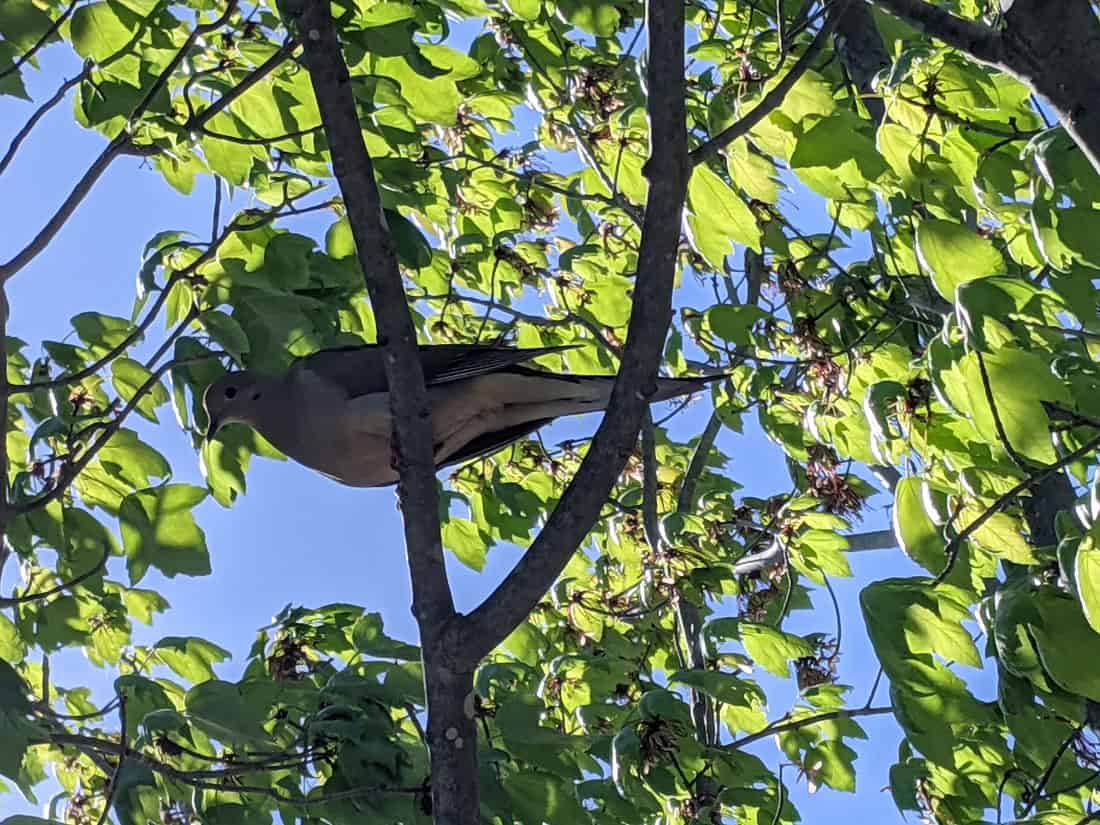Urban Geography
The study of cities and urban processes is the basis of urban geography, a subdiscipline of geography.

Using GIS to Design Child-Friendly Cities
Using GIS, cities can design child-friendly pedestrian pathways that prioritize children's interests and safety, promoting urban living and sustainability.

Urban Tree Canopy Affects How Heat Stress Impacts Residents
Minority and low-income neighborhoods have 11% fewer trees, are 1.5°C hotter, and have 14% more impervious surfaces than wealthier, whiter areas.

The Gray-Green Urban Divide: How Wealth and Poverty are Visible from Space
Known as the "gray-green divide”, the amount of trees and green space can be an indicator of the income level of the neighborhood.

Lost Underground Rivers
Cities like London and New York City have a long history of paving over rivers.

What are Desire Paths?
Desire paths (also known as social trails) form when people or animals consistently take direct routes instead of using designated paths.
